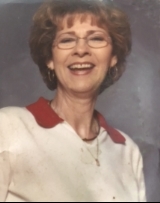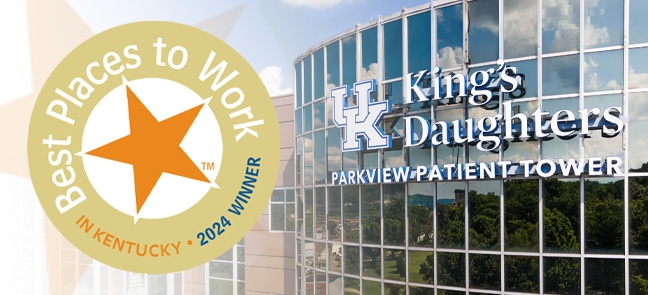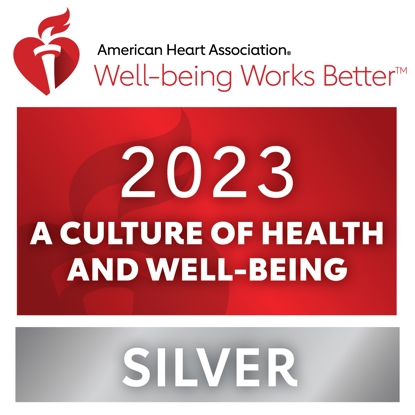Don't take your life for granted
- Category: Blog, News, Oncology, Women's Health
- Posted On:
- Written By: King's Daughters Health
Sharon Wolfe was first diagnosed with breast cancer in 1996. A first-grade teacher at Cannonsburg Elementary, she was on spring break, enjoying a late morning to herself. “I was propped up in bed when a commercial came on about breast cancer and I thought maybe I should do a self exam,” she recalls.
 That’s when she found the lump in her right breast.
That’s when she found the lump in her right breast.
She made an appointment to see her ob/gyn, who told her the lump was probably just a cyst. He recommended she limit her caffeine intake. She had a mammogram, which came back normal.
So Sharon went about her life. Soon, summer break came. Then back to school, then October and fall break. Once again, she was watching TV in bed when a public service announcement came on about breast cancer. She hadn’t thought about that lump since March. But, when she checked, it was still there.
And it was bigger.
“I thought it was my fault,” she says. “I’d been drinking coffee and of course I’d been told not to do that.” She talked with her husband, Steve, who insisted she get it checked out. She had a needle biopsy, but the physician was unable to retrieve any tissue. She was referred to a breast surgeon, who scheduled a lumpectomy.
Following the surgery, the doctor told her she was “pretty sure” there was something there. “That was my first little nudge to worry about it.”
The next day, Sharon learned her diagnosis: Stage II breast cancer. Ten of the 17 lymph nodes that had been biopsied were affected. Medical oncologist David Goebel, M.D., urged her to start chemotherapy immediately. It was now nearly Thanksgiving.
Sharon dreaded chemo and delayed it until the day after Christmas. She was 52. “The day you start chemo is the worst day. At that point, it’s a cold hard fact smacking you in the face. You have cancer.”
During her chemo, she had the opportunity to participate in a clinical trial at the University of Kentucky. She had a hard time deciding, so she set a deadline. If she hadn’t heard by a certain date, she wouldn’t do it. After the deadline passed, word came from UK. She was in. “I told Dr. Goebel I wasn’t going to do it. That it wasn’t meant to be.” He asked her to reconsider, but Sharon stuck with her decision.
After chemo, Sharon received 37 radiation treatments over seven weeks. She continued to work, even finishing her master’s degree. Her last radiation treatment was in September 1997.
Life was good. Sharon poured herself into teaching. She became a grandmother. She and Steve traveled.
In 2008, the couple was in Gatlinburg, Tenn., a favorite vacation place. It was their last evening there. “There’s this little shop I like to go to on the upper end of Gatlinburg and we’d gone down there. Steve liked to jog and he wanted us to jog back to the hotel,” she recalls.
When they got back to the room, Sharon knew something was wrong. “I was really hot. I turned the air conditioning really low and lay down and went to sleep. The next day, I still didn’t feel good. We came home and I spent the next day in bed. I was running a fever.” By Friday, she gave up. “I just couldn’t fight it.” Steve took her to the emergency room.
She had pneumonia. She received a script for antibiotics and was told to follow up with her primary care provider. At that visit, the x-ray showed fluid around her lungs. She was admitted to the hospital, where a pulmonologist removed the fluid and sent it to the lab for analysis.
It wasn’t good news. Her cancer was back. She returned to Dr. Goebel but also sought a second opinion at MD Anderson, a nationally renowned cancer institute in Houston. “I knew what I had was terminal,” she said. “But I needed more information.”
For two years, hormone therapy held the cancer at bay. In 2010, she started chemotherapy, including a drug cancer patients know as “the red devil.” Since then, she has been on a variety of regimens, taking each until she could no longer stand it or it stopped working. She used up her sick leave, then went on disability and, finally, when she reached 65, retired from teaching.
Today, Sharon has cancer in her right lung, hip and ribs. But her positive attitude and bubbly nature have not been deterred. “I’m still here,” she says.
As to why that original tumor wasn’t seen in her mammogram, blame dense breasts. “My case was reviewed by the tumor board. They looked at my mammograms side by side and they could not see the tumor. It was some tiny little thing,” Sharon says. “Dr. Goebel showed me my actual mammograms, the one the year before I felt the lump and the one I had the year I felt it and you could not see it.”
Today, women with dense breasts have options that were not available in 1996, including 3D mammography and breast MRI, both proven better at finding tumors in dense breast tissue.
Sharon is not bitter. “Nobody could do anything about it back then.” But, she says, if you are a woman with dense breasts, you should know that a routine mammogram is not enough.
“I wasn’t as involved in my care that first time, you can tell that,” Sharon says. “I would tell people now to always err on the side of caution. Always get your mammogram and, if by chance there’s a lump you can feel, don’t just let it go. Don’t take your life for granted.”


